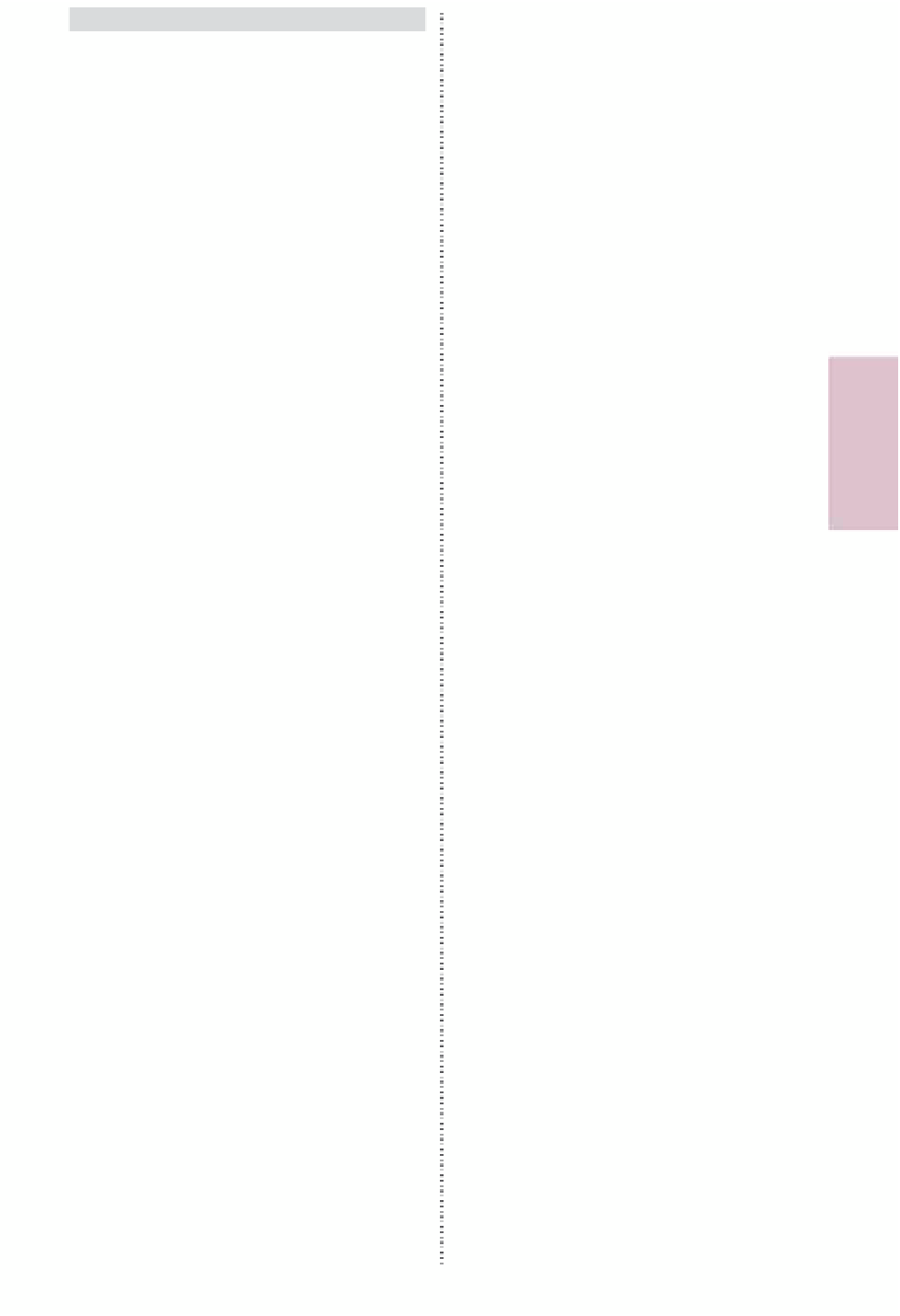Travel Reference
In-Depth Information
WHAT TO SEE AND DO
he main transport hub is
Nyaung U
,
which is the nearest thing here to a large
town, although once you get off the
main roads it quickly feels like a village.
It's where most budget travellers base
themselves, and has by far the largest
range of restaurants.
Southwest from here is
Old Bagan
,
an area that includes the site of the
old walled palace and has the greatest
concentration of must-see temples and
pagodas - they're packed in to the extent
that you can walk between them, unlike
in other parts of Bagan. he government
expelled the residents of Old Bagan in
1990 partly so that it could be converted
into a tourist zone.
New Bagan
, a largely unengaging grid of
streets to the south, is where the residents
were relocated. It's worth passing through
even if you aren't staying in one of its
mid-range hotels, though, as there are a
few impressive temples in the area.
In addition to these larger settlements,
there are a number of smaller villages
dotted around the area. he most
notable are
Myinkaba
, on the main
Old Bagan-New Bagan road and
home to many lacquerware shops, and
Wet Kyi Inn
, a village immediately west
of Nyaung U which has several hotels
and guesthouses.
Foreign visitors are required to pay a
$15 fee on arrival in Bagan, covering
entry to all the temples, although the
ticket is usually only checked in selected
larger ones. hose buildings which can be
entered or climbed are normally open
during daylight hours, although you
may need to locate the keyholder for
smaller temples.
A large part of the pleasure of Bagan
lies in exploring and visiting buildings as
they catch your eye, but if time really is
limited, then don't miss Shwezigon Paya,
Ananda Pahto, Shwesandaw Paya and
Dhammayangyi Pahto. At sunset
everyone rushes to find temples which
can be climbed for good views:
Shwesandaw Paya and Pyathada Paya are
particularly popular, while slightly quieter
options include Buledi. he upper parts
of some temples are off-limits.
Nyaung U
Nyaung U's most important stupa is the
early twelfth-century
Shwezigon Paya
.
Still an active place of worship, it's said
to contain three different relics of the
Buddha: a tooth, a collarbone and a
frontlet (headband). he design of
Shwezigon was a prototype for many later
pagodas within Myanmar: the circular
stupa sits on three square terraces, each
level bearing clay plaques decorated
with
Jataka
scenes, and an octagonal
base. On each of the four sides is a shrine
containing a 4m standing Buddha made
of
pyin-zá-làw-ha
(an alloy of gold, silver,
lead, tin and bronze).
here are also a few “cave” sites around
Nyaung U, including
Thamiwhet Umin
and
Hmyatha Umin
, which are tunnels
designed for meditation and carved into
the sandstone hills about 1km southeast
of the town. here's another similar
complex,
Kyansittha Umin
, just north
of the main road as you head towards
Wet Kyi Inn village. Bring a torch.
7
Between Nyaung U and Old Bagan
here are some very good murals, dating
back to 1794 but in an older style, in the
Upali Thein
ordination hall (one of only
a handful still to be found in Bagan),
about halfway between Wet Kyi Inn
village and Old Bagan.
Htilominlo Pahto
, on the other side of
the road, is one of the largest temples in
the area, supposedly built on the spot
where a prince called Htilominlo was
chosen as successor to King Narapati
Sithu (who ruled from 1173-1210).
he murals inside include horoscopes,
possibly indicating auspicious times for
events taking place at the temple.
Shortly before haraba Gate (see
p.556), you reach the white-and-gold
Ananda Pahto
. Built at the end of the
eleventh century in the shape of a cross,
with all arms the same length and a
square chamber at the centre, it has been
described as the crowning achievement of
early-period Bagan architecture. A 9.5m
teak standing Buddha faces out on each
side, representing the four Buddhas who
have so far achieved enlightenment in the
current era (Gautama Buddha was the


































Search WWH ::

Custom Search